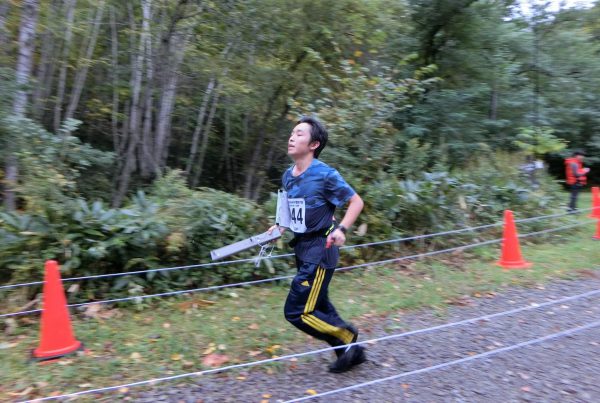29th September is known as the World Heart Day. According to the World Heart Federation, “World Heart Day is a global campaign during which individuals, families, communities, and governments around the world participate in activities to take charge of their heart health and that of others.”
Across the globe, cardiovascular disease including stroke and heart disease is the world’s leading cause of death. With 17.9 million lives claimed by cardiovascular disease each year, it is important for people to take charge of their life to prevent and control cardiovascular disease.
In conjunction with the World Heart Day, students from the Nagaoka University of Technology decided to hold a Basic Life Support class to educate members of the University on proper basic life support knowledge should they encounter such incidences.
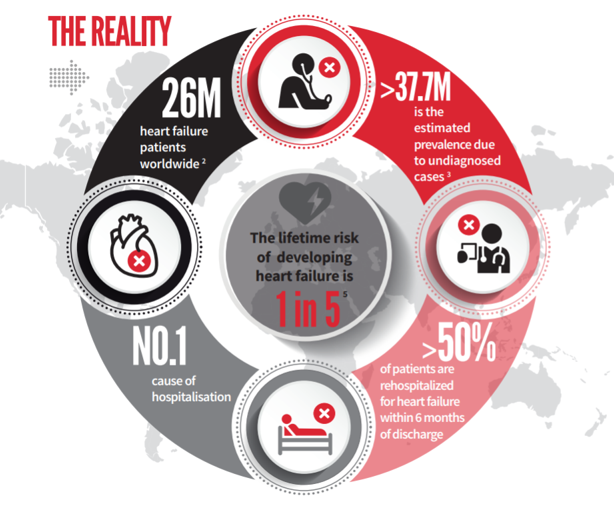
Image of the reality of cardiopulmonary disease from the American Health Association
The Situation
Most of us would have heard of cardiopulmonary resuscitation (CPR) and have seen it either in the movies or in real life. Many people would have also seen the automatic external defibrillator (AED), but might not have touched or operated one in their entire life.
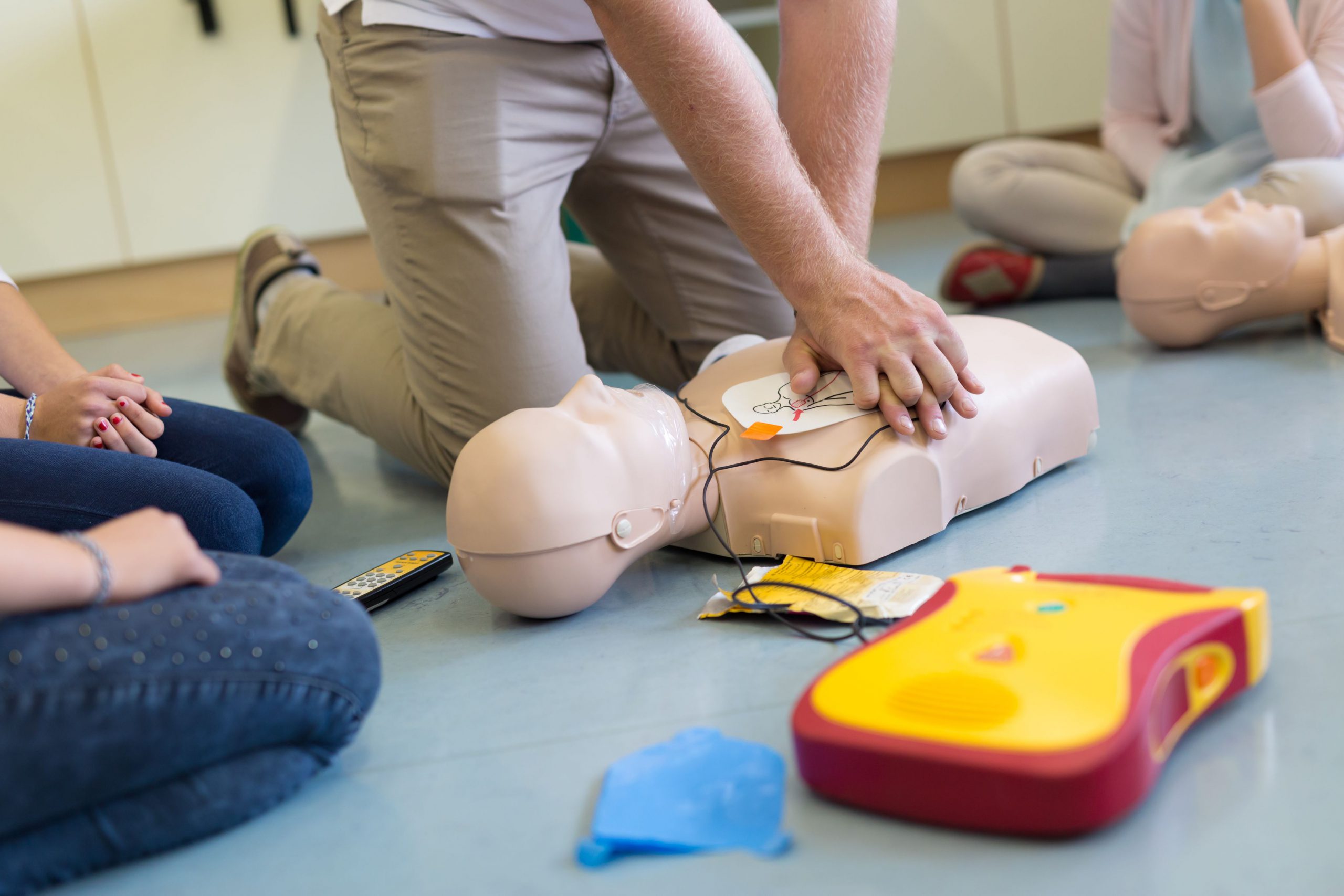
Image of CPR and AED attached to the dummy during the exercise. Image via Minutes Matter website
CPR is administered if someone is not breathing or if their heart has stopped, combining rescue breathing and chest compression. When done correctly, CPR could save lives.
AED on the other hand, is used in public spaces to send electric pulses or shocks to the heart of a person who suddenly faced cardiac arrest. According to the National Heart, Lung and Blood Institute (NIH), even an untrained person such as a bystander is able to operate the device. The AED is designed to be used easily, with instructions given clearly on how to use.
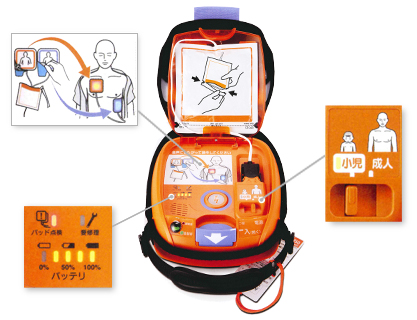
Image of AED in Japan via Cosmopower website
The Idea and Execution
In line with the United Nation’s Sustainable Development Goal 3 (SDG3) “Health and welfare for all”, the SDG Student Promoters from the Nagaoka University of Technology decided to hold a Basic Life Support class to educate members of the University about the basic skills of providing emergency life support.
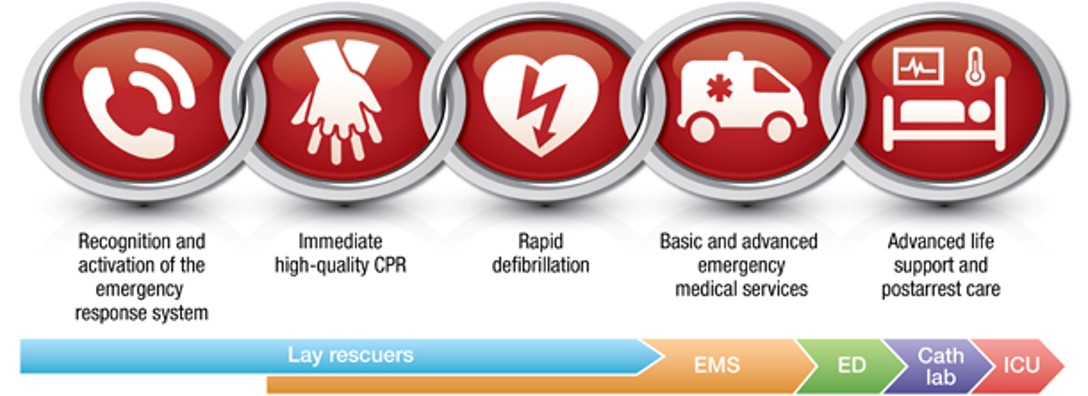
Image of Chain of Survival from the American Health Association
Students and faculty members of the Nagaoka University of Technology were invited to join a 1-hour session hosted by the SDG Student Promoters.
The session was led by Dr. Guillermo Guangorena, a first year student from the Science and Technology Innovation faculty of the University who came from a medical background.
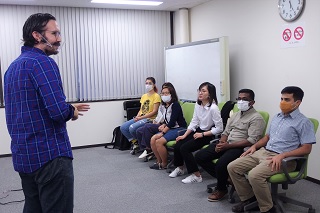
Image of Dr. Guillermo delivering the session. Image via NUT website
Participants were introduced to life saving techniques such as the C-A-B sequence (Chest compressions, Airway, Breathing) of the CPR as well as how to utilize the AED. All participants soon realized the ease of operating the AED with its simple instructions.
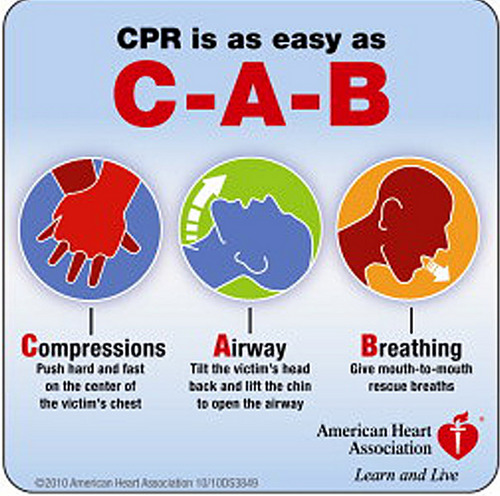
Image of C-A-B sequence in the CPR. Image via Health Force Training Center website
Participants also learned that chest compression should be stopped when the AED is delivering the electric shock, as any chest compression could be detected as the heart functioning normally and the electric shock would not be delivered.
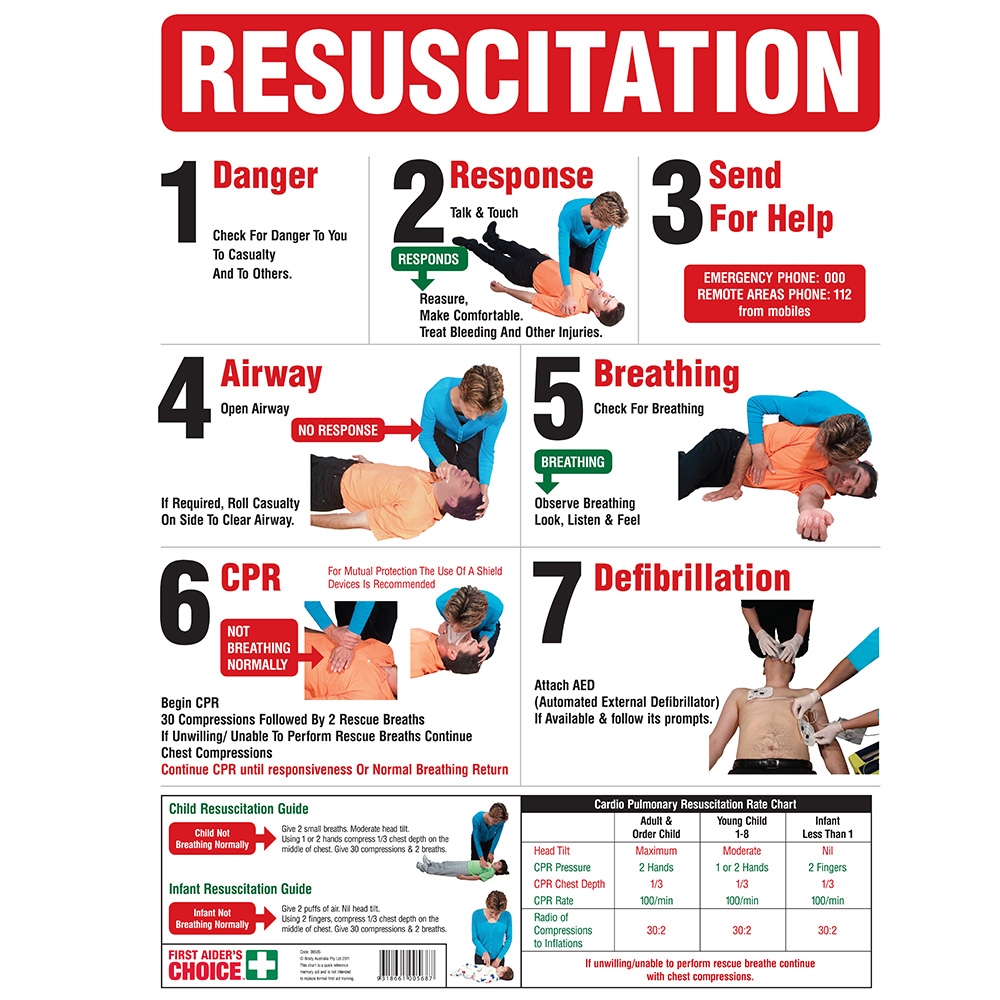
Image of resuscitation skills via Safetysquad.ie Facebook page
The Learning Points
Through the event, both students and university administrative members realized that the medium of instruction of the AED sets available on ground were in Japanese. Even for non-Japanese students who spoke Japanese, they found the instructions difficult to follow. While the language of the AED could be changed, it still takes quite a few steps before the change could be made. Moreover, during an emergency, it becomes harder to concentrate on making the change.
Feedback gathered from participants include hosting more Basic Life Support events to target all students and staff of the university to better equip everyone with valuable knowledge on how to save lives. Options of holding such classes in other languages such as Japanese would further benefit students proficient in the language as well as Japanese learners.
A realization as such could pave way to better emergency response from the public, without the fear of language barriers.
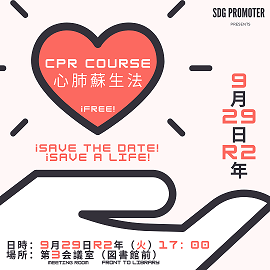
Image of the poster for the event by SDG Student Promoters of NUT
In Summary
Why would it be important to know how to administer CPR and get to know how to use the AED?
Emergency situations such as cardiac arrests are common, making adequate knowledge important to ensure that the victim survives. Such a situation could happen to any one of us. As such, knowledge on basic life support is crucial in saving lives.
The best way to convince oneself of the importance of having Basic Life Support knowledge is to imagine oneself having to save the life of loved ones.
Would you like to attend such courses to better prepare yourself for such situations in life?
Life is precious!
Main image by Sharon McCutcheon via Unsplash








